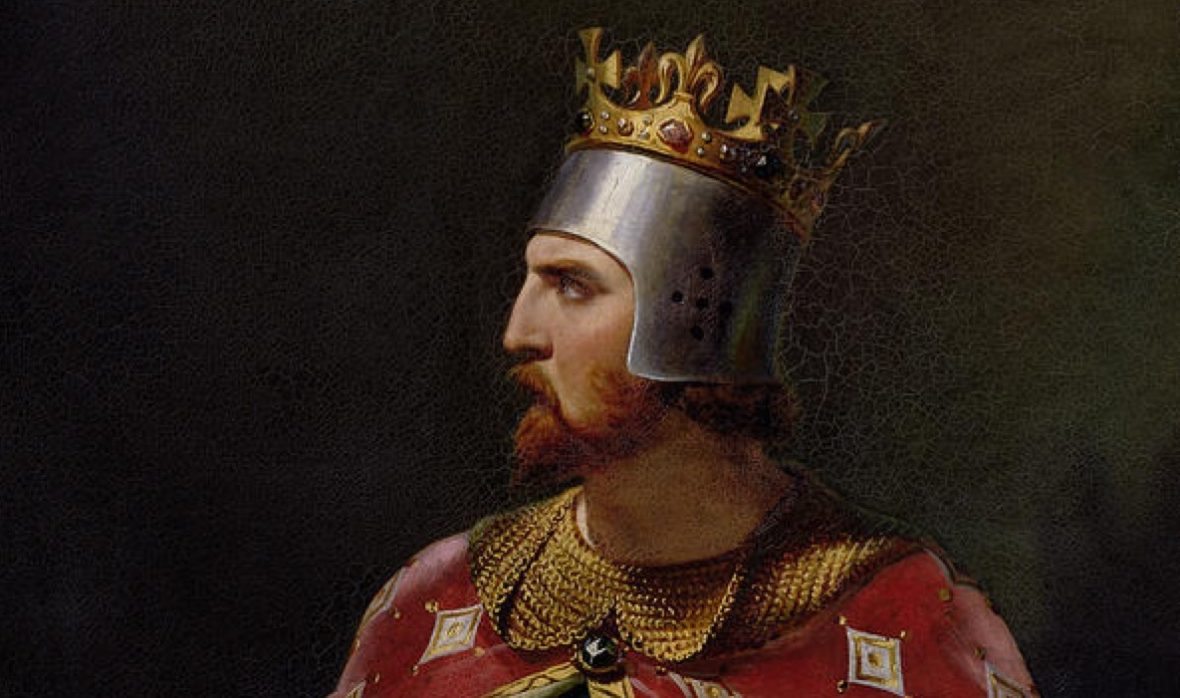King Richard the Lionheart was King of England from 1189 until his death. He also ruled as Duke of Normandy, Aquitaine and Gascony, Lord of Cyprus, Count of Poitiers, Anjou, Maine and Nantes, and was overlord of Brittany at various times during the same period. Take a look below for 30 more awesome and interesting facts about King Richard the Lionheart.
1. He was the third of five sons of King Henry II of England and Duchess Eleanor of Aquitaine.
2. He was known as Richard the Lionheart because of his reputation as a great military leader and warrior.
3. Richard was also known in Occitan as Oc e No, or Yes and No, because of his reputation for terseness.
4. By the age of 16, Richard had taken command of his own army, putting down rebellions in Poitou against his father.
5. Richard was a central Christian commander during the Third Crusade, leading the campaign after the departure of Philip II of France and scoring considerable victories against his Muslim counterpart, Saladin, although he didn’t retake Jerusalem from Saladin.
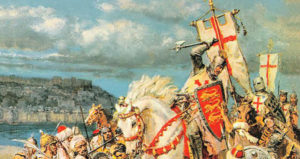
6. Richard spoke both French and Occitan.
7. He was born in England, where he spent his childhood.
8. Before becoming king, he lived most of his adult life in the Duchy of Aquitaine, in the southwest of France.
9. Following his accession, he spent very little time, perhaps as little as six months, in England.
10. Most of his life as king was spent on Crusade, in captivity, or actively defending his lands in France.
11. Rather than regarding his kingdom as a responsibility requiring his presence as ruler, he has been perceived as preferring to use it merely as a source of revenue to support his armies.
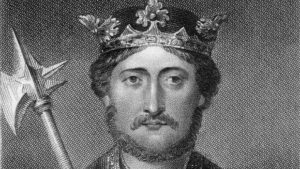
12. He was seen as a pious hero by his subjects and remains one of the few kings of England remembered by his epithet, rather than regnal number, and is an enduring iconic figure both in England and in France.
13. After becoming king, Richard joined the Third Crusade to the Holy Land to fight the Saracens. He conquered the island of Cyprus quickly and then sold it to the Knights Templar.
14. Richard was so anxious to fight in the Crusades and in France that he used most of the treasury money to fund his trip. Despite that, he failed to win Jerusalem from the Saracens.
15. The Saracen leader respected Richard and regarded him as a great warrior. Even though the two men were enemies, he sent Richard grapes and a fast horse as gifts.
16. Richard was King of England for 10 years, yet he spent almost all of that time outside the country and may not have been able to speak English. He often complained about the English weather.
17. During the Third Crusade, Richard was captured by the Duke of Austria. The ransom asked was about 2 billion pounds in today’s money and its payment required about 25% of each Englishman’s income for a year.
18. After returning from the Crusades, Richard spent much of his time fighting the French. He reportedly spent twice as much on building a castle there, then he had spent on castle building in England.
19. Richard was shot by a crossbowman from the walls of Chalus-Chabrol castle in France. The shooter turned out to be a boy. Richard ordered that the boy be brought before him. Apparently, rather than having the boy executed, Richard gave him 100 shilling and let him go free in an act of forgiveness.
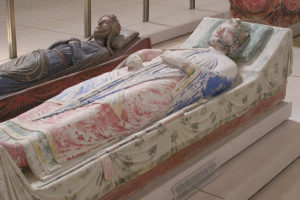
20. The crossbow bolt was removed from Richard’s arm, but the wound became infected. Richard died on April 6, 1199. He was 41 years old.
21. His heart, entrails and the rest of his body were buried in different places in France.
22. During the 1500s, Richard was linked to the legend of Robin Hood. The outlaws of Sherwood Forest are often seen to be supporters of Richard and became outlaws during the years in which Richard’s brother, King John I, ruled England.
23. A statue of Richard stands outside the Palace of Westminster in London.
24. In World War I, when British troops commanded by General Edmund Allenby captured Jerusalem, the British press printed cartoons of Richard the Lionheart looking down from the heavens with the caption reading, “At last my dream has come true.”
25. Victorian England was divided on Richard. Many admired him as a crusader and man of God, erecting a heroic statue to him outside the House of Parliament.
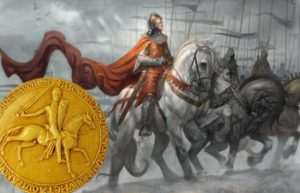
26. The late-Victorian scholar William Stubbs, however, thought of him as, “a bad son, a bad husband, a selfish ruler and a vicious man.”
27. The second Great Seal of Richard I shows him bearing a shield depicting three lions passant-guardant. This is the first instance of the appearance of this blazon, which later became established as the Royal arms of England.
28. In his earlier Great Seal of 1189, he had used either one lion rampant or two lions rampants combatants, which arms he may have adopted from his father.
29. Richard is credited with having originated the English crest of a lion statant.
30. He was known as a valiant, competent military leader and individual fighter who was courageous and generous. At the same time, he was considered prone to the sins of lust, pride, greed, and above all excessive cruelty.

